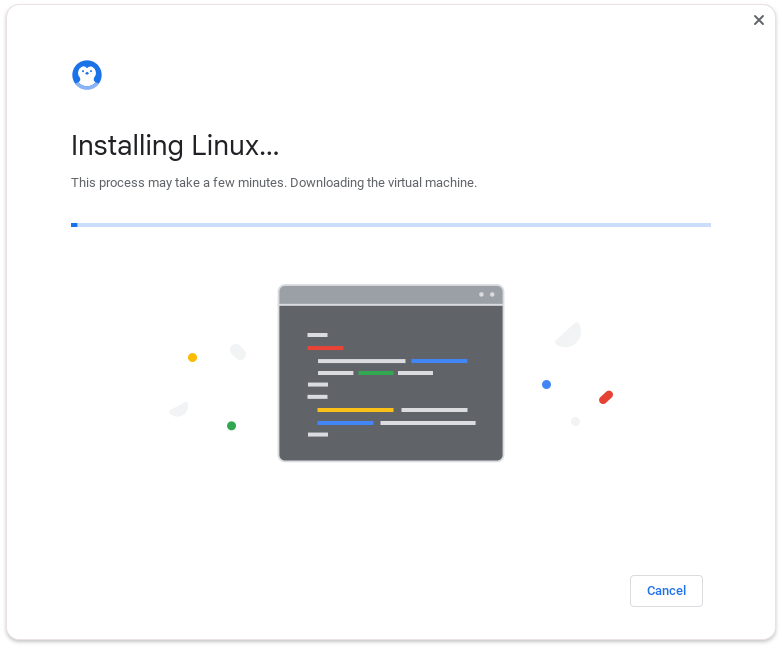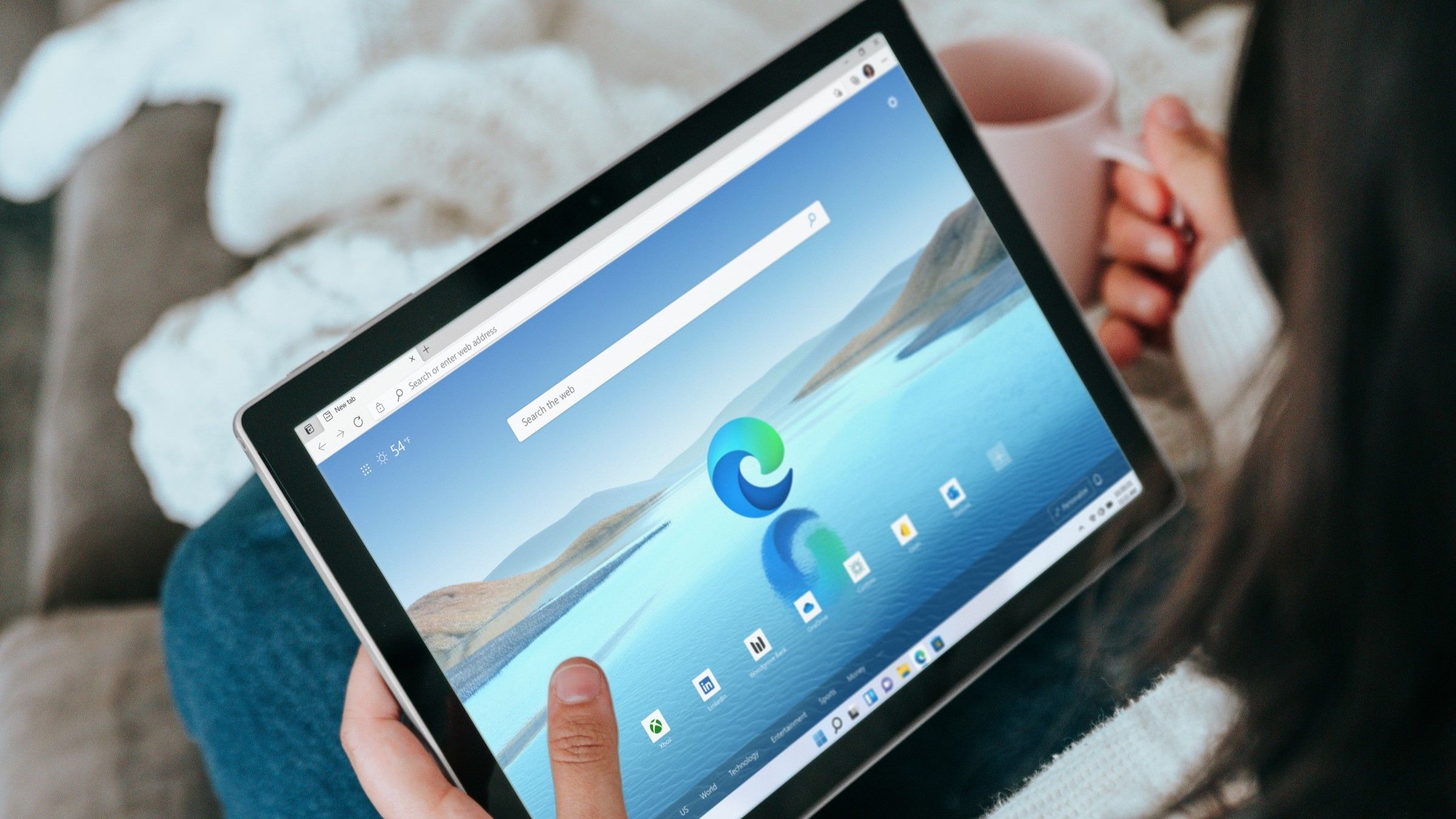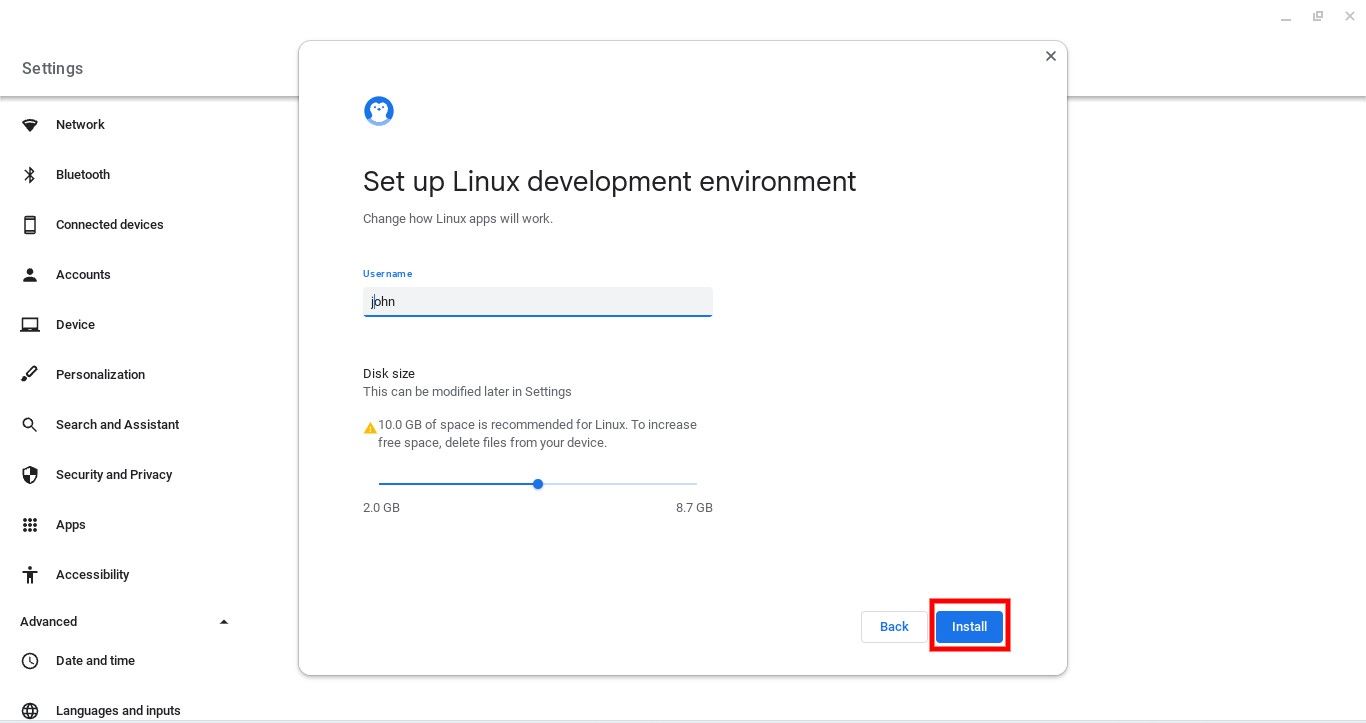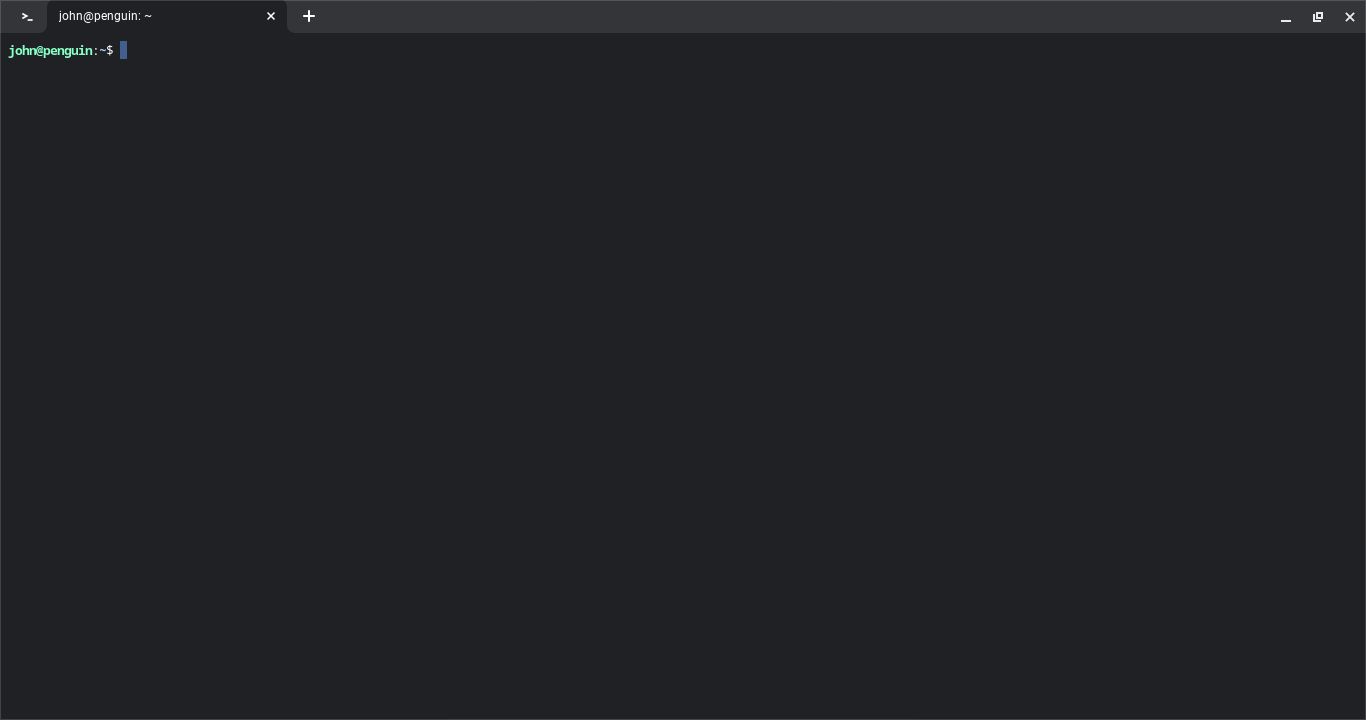Chromebooks offer some offline features but typically require an online connection with access to web-based apps. This limits what Chromebooks can do, but running Linux commands can improve your offline experience. Turning your budget Chromebook into a fully featured Linux computer has many benefits over the stock version of ChromeOS. This guide explains why you might want to run Linux commands on a Chromebook and how to set up the Linux terminal environment.
Why use Linux commands on a Chromebook?
Linux is a universal operating system (OS) that can be installed on many devices, from Android smartphones and smart home devices to computer servers. Chromebooks are built on the Linux kernel and share some similarities with the Linux OS. The Linux OS focuses on running commands in a terminal-based coding environment. Advanced users often rely on it, but anyone who wants to get more out of their devices can tap into the power of Linux.
Running Linux on a Chromebook lets you use shell commands unique to the terminal-based OS, giving you more control over your device. You can also use features not found on the Chromebook’s default version of ChromeOS. Chromebooks lack the library of apps and extensive software support that Windows or macOS have, but using Linux can help. You can install desktop apps not usually found on Chromebooks. This is the next best solution until ChromeOS offers an option to install Windows-only apps on Chromebooks.
Using shell commands on a Chromebook allows you to run higher-level system privileges. This means you can change how your device looks and operates. Learning a command-line OS like Linux benefits your software development experience. Like ChromeOS, the Android mobile OS is based on the Linux kernel. When coding Android apps, Linux is not required but is often the go-to platform for compatibility purposes. However, you can design your apps using any platform you are comfortable with, such as Windows or macOS.
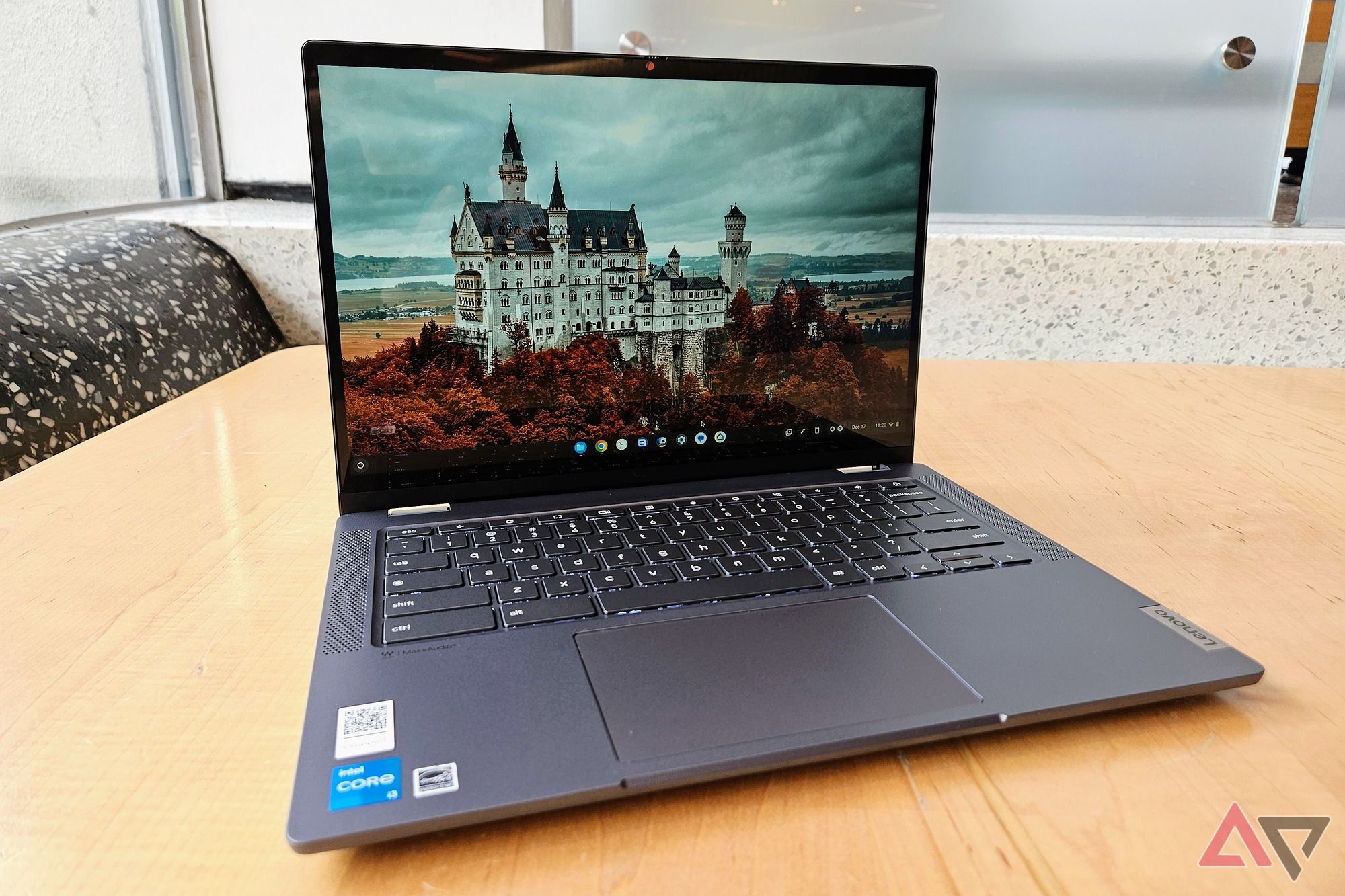
The top 12 Crosh commands for Chromebooks
Discover your Chromebook’s stats with these Crosh commands
These are a few reasons to consider using Linux commands or the Linux OS on your Chromebook. Whether you want to install Windows-only apps, customize your device, or make your own Android apps, the possibilities are limitless in what you can accomplish.
Open a Linux terminal on your Chromebook
You’ll need to set up your device with a Linux development environment since you can’t run a Linux terminal on a Chromebook by default.
To open a Linux terminal on your Chromebook, check out these steps:
- Open the Settings app on your Chromebook from the app drawer. Alternatively, click the time in the lower-right corner and select the Settings icon.
- Navigate to Advanced > Developers.
- Click the Turn on button for Linux development environment.
- Click the Next button to get started.
- Follow the on-screen instructions and wait for the installation to finish. You can name the terminal anything you want, then leave everything else at the default settings.
- A new window appears with text and a dark-themed screen. It has the same name you gave it during the installation process.
- This new window is your Linux terminal, where you will run your shell commands.
- To access the terminal feature, look for the Terminal app in your app drawer.
What commands can you run in a Linux terminal?
Now that your Chromebook is set up with the Linux development environment, it’s time to put this new feature to the test. You have access to the library of shell commands on your Chromebook, giving you the freedom to do almost anything you can think of. You can make it happen as long as you know the command for it. We cover a few good Linux shell commands in the sections below.
ls
Lists the files in a directory or folder so that you can easily see their contents.
cd
Changes the directory or folder you’re currently viewing, allowing you to redirect the terminal to any location on your storage.
mv
Moves or renames files within that directory or folder, which you might frequently do to keep your files organized.
pwd
Displays the file path you’re currently looking at if you need to know the exact location of a file.
chmod
Changes the system privileges of a specific file or directory. You can change the read or write settings and the file or directory permissions as needed.
mkdir
Creates a new directory or folder in the terminal’s current location.
rm
Deletes the file you tell it to in the terminal.
chown
Changes the ownership of a file or directory from one user to another.
shutdown
Quickly shuts off the device.
ping
Tests your network to see if your device is online or tests the connection between multiple devices across your network.
top
Displays all running processes and system resources in real time. Run this command if you think your device is running slower than expected when running Linux.
kill
Shuts down or terminates any process you want, especially those running when they shouldn’t, draining battery life.
uname
Displays information about your kernel and specific hardware specifications.
sudo
Makes you a superuser. Use this command if you want to access system-level privileges. It gives you greater user permissions than the default ones.
compgen -c
Displays the list of commands available on your device.
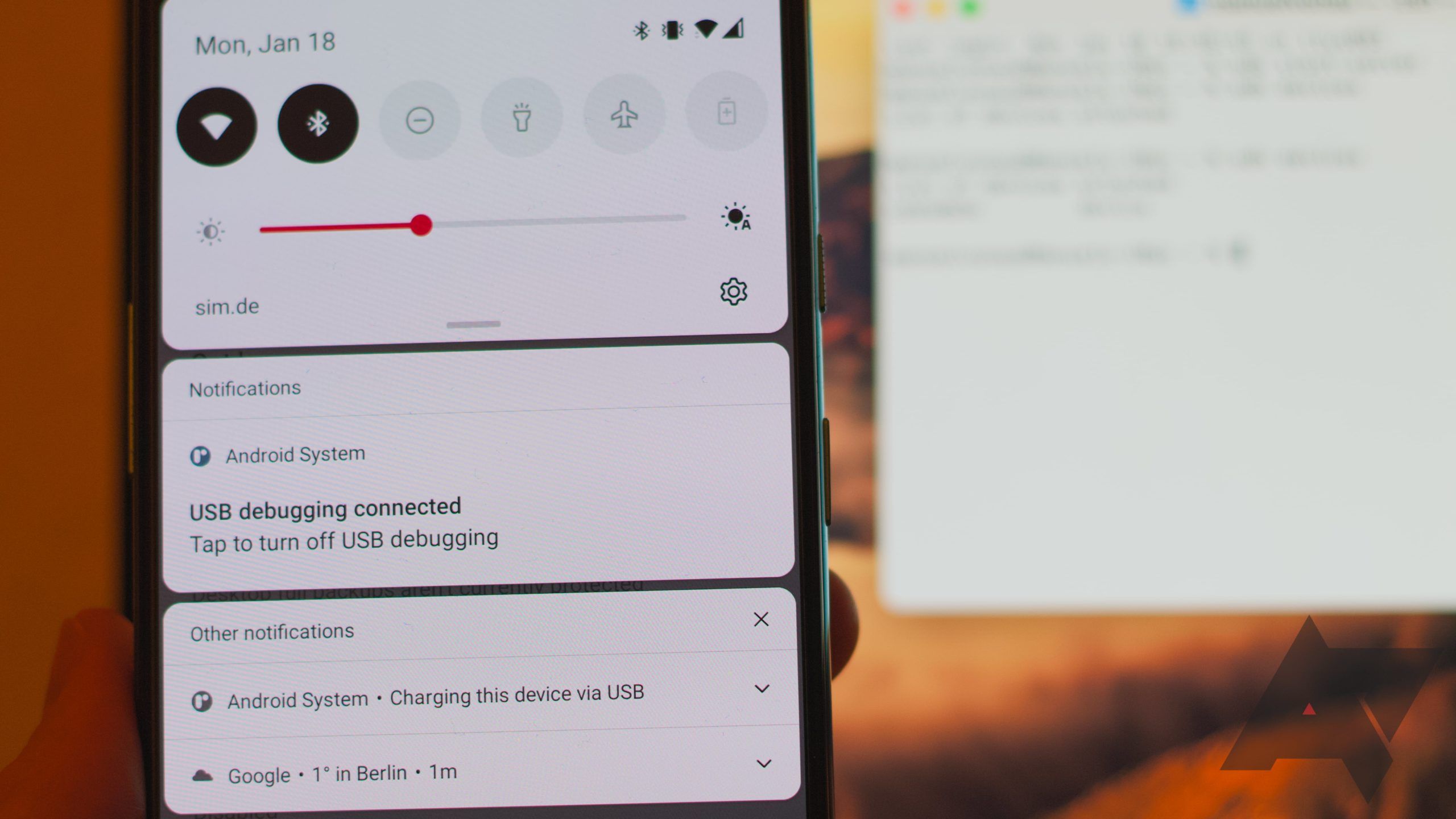
How to install and use ADB on Windows, Mac, Linux, Android, Chromebooks, or even in a browser
Want to set up and use ADB? Read this
Enhance your Chromebook with Linux commands
Installing Linux and using shell commands can improve your Chromebook experience. One downside of using a Chromebook is the lack of driver or app support from Windows. This often leads to having a Windows computer alongside your Chromebook to get your necessary apps. Linux can bring many of your Windows apps to ChromeOS and Linux commands can give you greater control over your Chromebook.
Since your Chromebook is ready with the Linux development environment, installing the Tor web browser can enhance your online browsing security. We show you the commands to use and walk you through the process.




